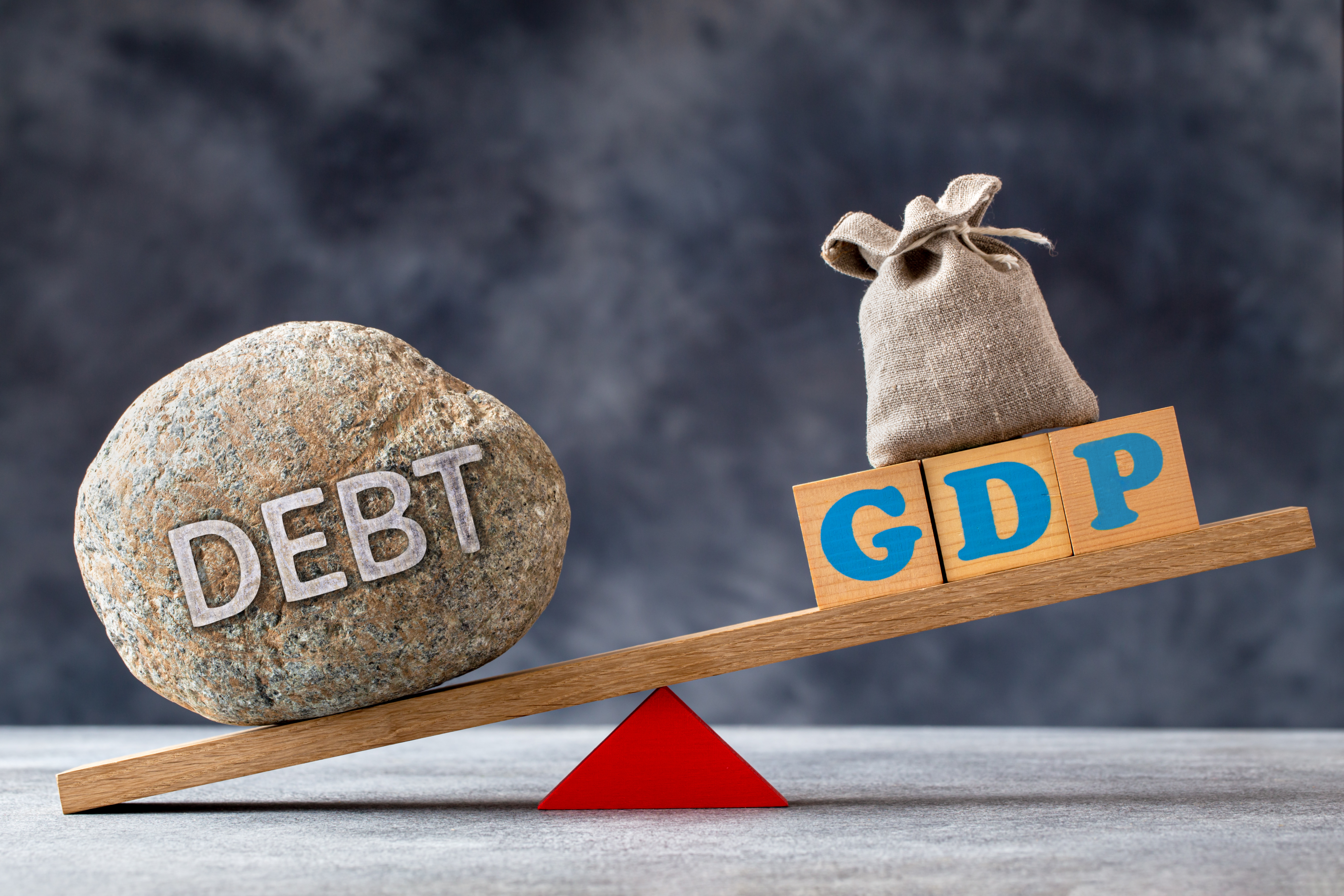Government’s Gross Debt Rises 2.2 Percent Q-o-Q to Rs 159.53 Lakh Cr in Q1

Government’s Gross Debt Rises 2.2 Percent Q-o-Q to Rs 159.53 Lakh Cr in Q1
In a recent financial report, it has been disclosed that the government’s gross debt has surged by 2.2 percent on a quarter-on-quarter basis, reaching a staggering Rs 159.53 lakh crore in the first quarter.
Gross debt, in the context of national economies, refers to the total amount of a country’s government-issued debt, inclusive of all short-term and long-term liabilities. It offers a holistic view of a country’s financial obligations.

According to a finance ministry data released on Friday, the government’s overall gross debt climbed by 2.2% quarter over quarter from April to June of current fiscal year to Rs 159.53 lakh billion.
At the end of March, the liabilities were Rs 156.08 lakh crore. “In Q1 2023–24, this represented a 2.2% quarter-over-quarter growth. The Public Debt Management report for the April-June 2023 quarter states that public debt constituted 89.5% of all gross liabilities during the quarter.
The Public Debt Management Cell (PDMC), part of the Finance Ministry’s Budget Division, has been releasing a quarterly report on debt management every quarter from April through June of 2010–11.

The federal government issued and settled dated securities during the first quarter of 2023–2024, raising a total of Rs. 4.08 lakh crore in gross proceeds and Rs. 2.71 lakh crore after accounting for switches.
The weighted average yield (WAY) for the quarter was 7.13 percent, while for the January-March quarter of 2022–Y23, it was 7.34 percent. The weighted average maturity (WAM) of the issuances came to 17.58 years for the first quarter of the current fiscal year and 16.58 years for the prior quarter, according to the report.
According to the research, trading activity in the secondary market during the quarter was predominantly centred in the 7–10-year maturity bucket as greater trade was seen in the benchmark asset with a 10-year maturity.
With a share of 22.59% in “Buy” deals and 25% in “Sell” deals in the overall outright trading activity, private sector banks emerged as the primary trading segment in the secondary market during the quarter under review. They were followed by foreign banks, public sector banks, primary dealers, and mutual funds.

In the secondary market, public sector banks, cooperative banks, FIs, mutual funds, and ‘Others’ were net purchasers while foreign banks, insurance companies, private sector banks, and primary dealers were net sellers.
To understand the current scenario, it’s pivotal to consider the past debt trajectory. Over recent years, the government’s borrowings have been on an upward trend, partly attributed to fiscal measures undertaken to stimulate the economy, infrastructure development, and recurring expenditure.
In the wake of economic disruptions, including the global pandemic and regional disturbances, the government introduced multiple stimulus packages to catalyze growth. These necessitated borrowing. Economic slowdowns often translate to reduced tax collections, putting pressure on government revenues and leading to increased borrowings.

Continued commitment to mega infrastructure projects necessitated sustained funding, even in the face of reduced revenues. As the debt amount increases, so does the burden of debt servicing. Interest payments can consume a significant portion of government revenues, limiting funds available for other essential services. An escalating debt profile can lead credit rating agencies to downgrade a nation’s creditworthiness, making future borrowings more expensive.
High debt levels might inhibit the government’s ability to introduce new fiscal stimuli in the face of future economic challenges.Rising debt, especially if borrowed externally, can exert pressure on the nation’s currency, affecting its exchange rate.
To curb the rising debt trajectory, the government might look to fiscal consolidation by streamlining expenditures and enhancing revenue collections. Structural reforms in sectors like labor, land, and capital can boost economic productivity and growth, thereby enhancing revenue collection without raising taxes.
Selling stakes in public sector units (PSUs) and monetizing assets can be avenues to raise funds and reduce borrowing needs. The government may also seek to renegotiate terms of its debt, extending maturity periods or reducing interest costs.

While the rise in gross debt is concerning, it’s also essential to juxtapose India’s position vis-à-vis other major economies. Many developed nations have significantly higher debt-to-GDP ratios, but they benefit from a range of factors, including robust institutional mechanisms and higher credit ratings.
While a 2.2 percent Q-o-Q rise in the government’s gross debt to Rs 159.53 lakh crore in Q1 underscores the pressing fiscal challenges ahead, it’s imperative to view this within a broader economic context. Timely interventions, structural reforms, and a focus on revenue-generating mechanisms can help navigate the nation towards a sustainable economic path.






